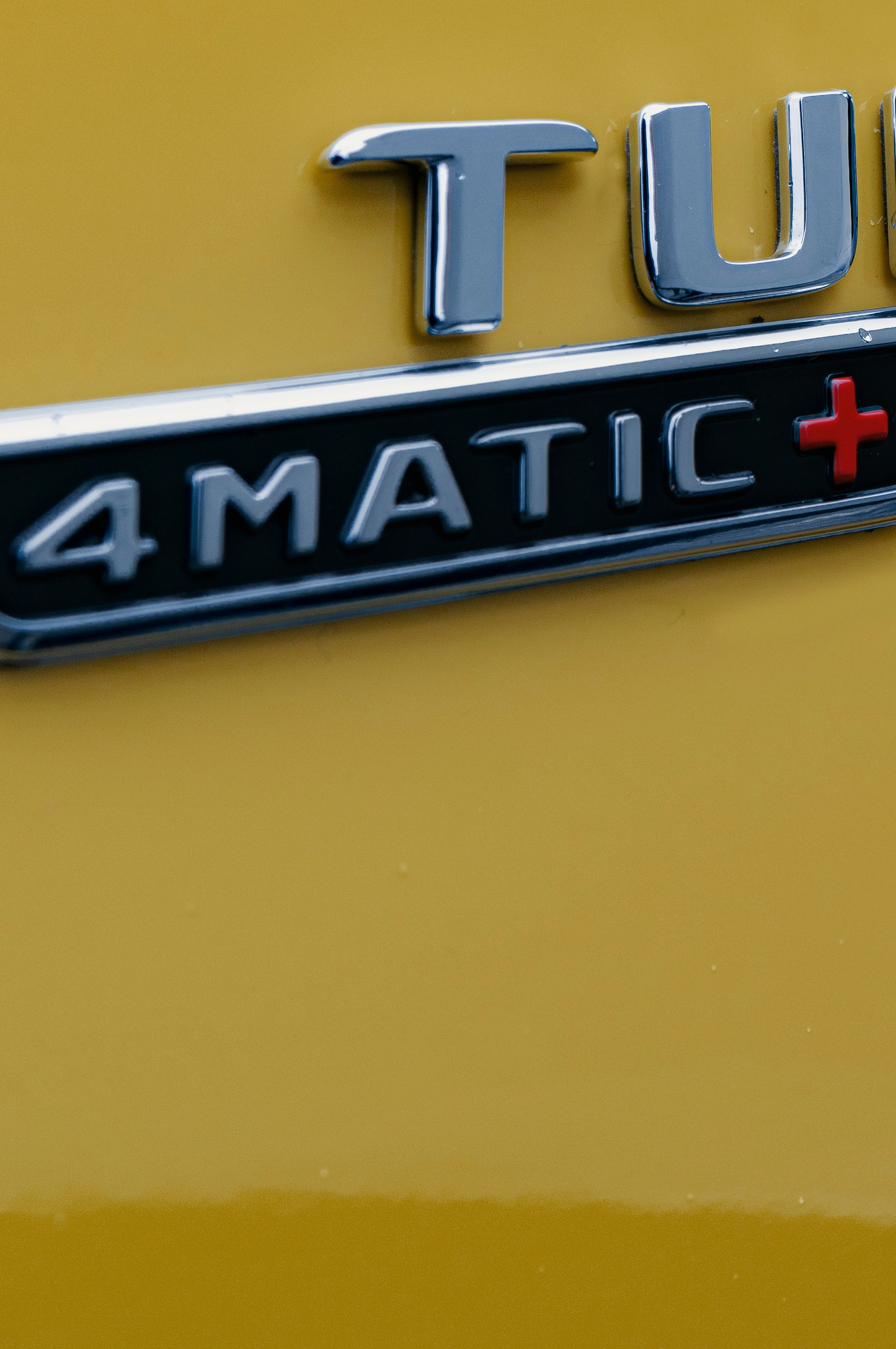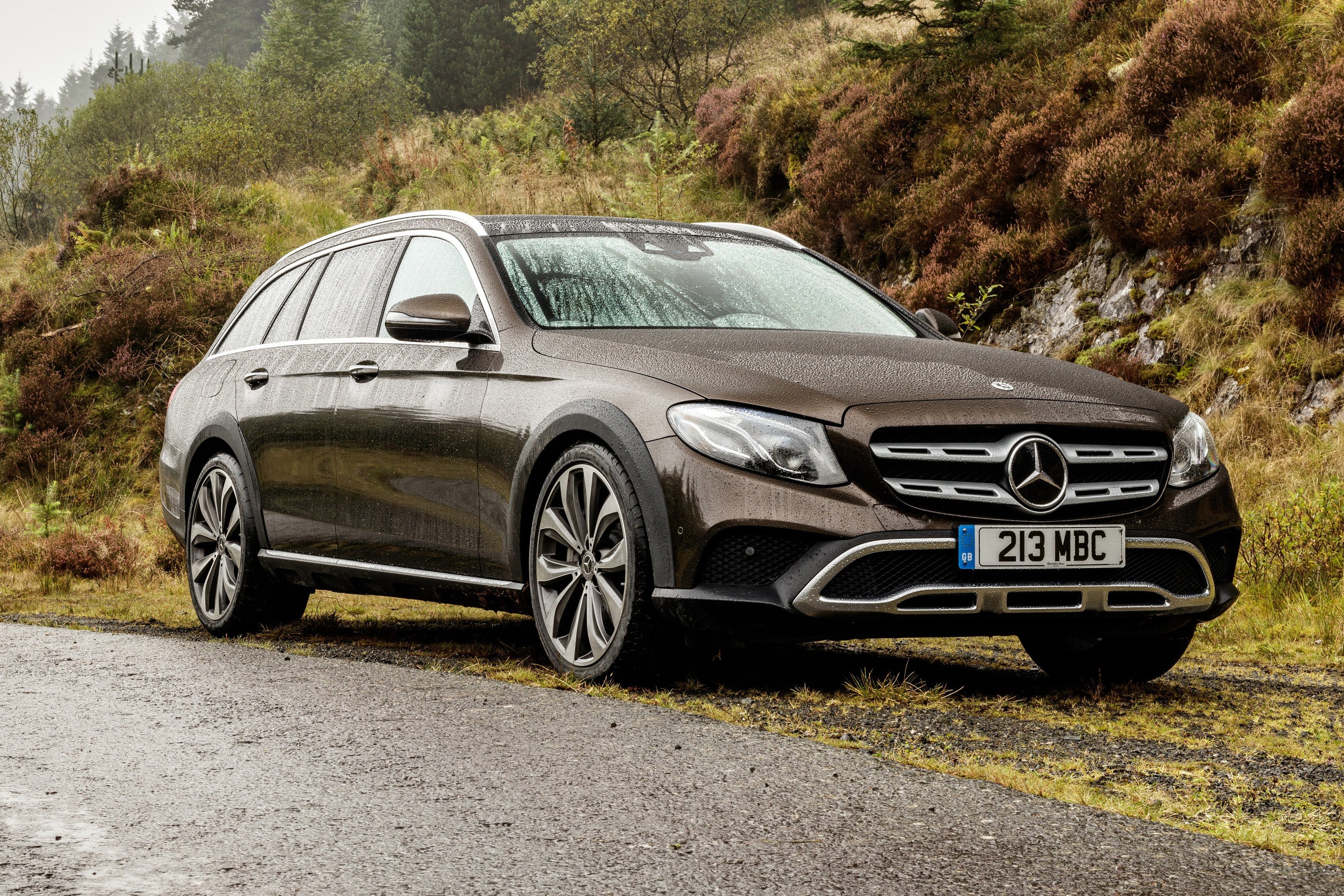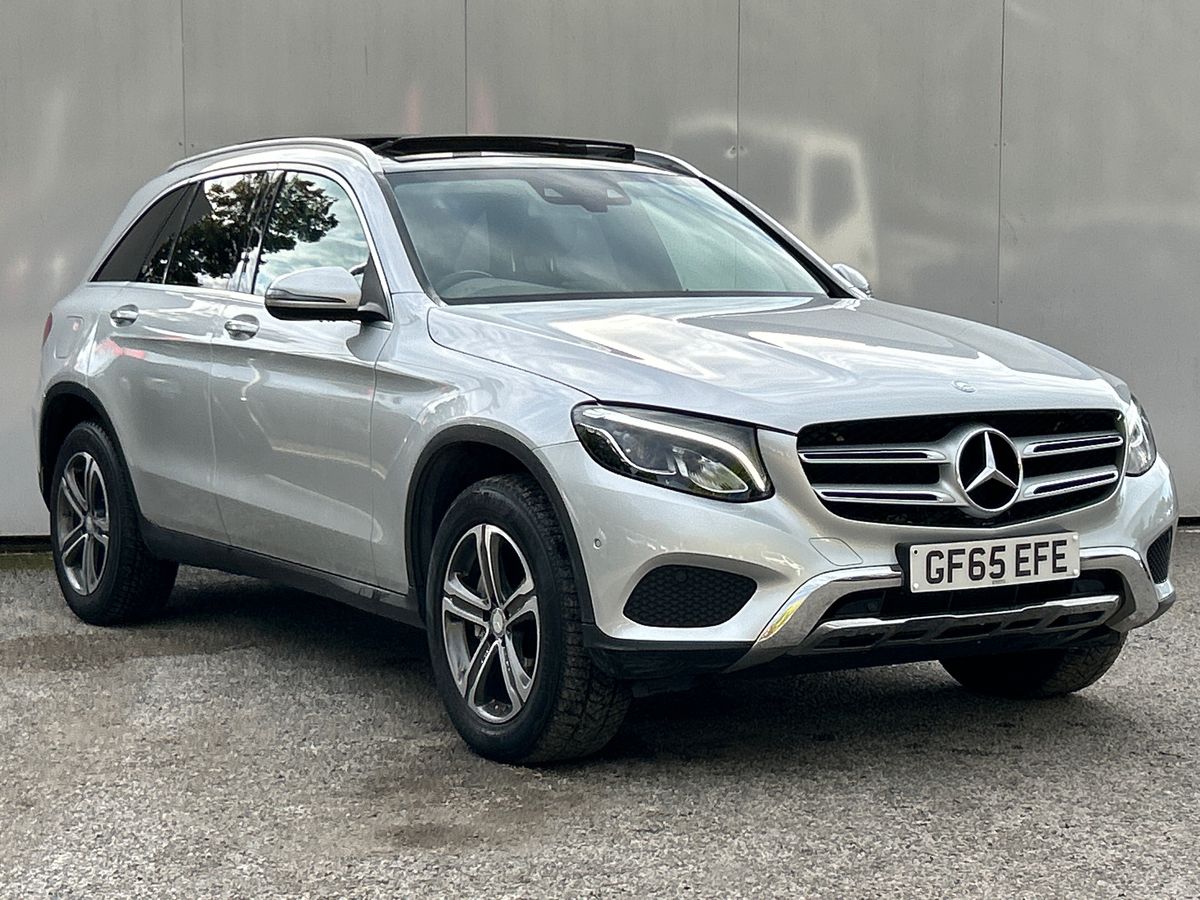
What is Mercedes 4Matic?
-
Mercedes 4Matic explained
-
What are the benefits?
-
Find a Mercedes 4Matic model for sale
Like Audi's quattro and BMW's xDrive, Mercedes offers its own brand of four-wheel-drive system called 4Matic.
Unlike Audi – whose quattro system was born in motorsport – Mercedes' 4Matic system was originally fitted to the W124 estate from the 1980s, as a way of making the car feel more capable on road. Now though, it's available on most models including the brand's huge range of SUVs.
What is Mercedes-Benz 4Matic?
'4Matic' is the badge given to Mercedes-Benz cars that have four-wheel drive fitted. It was first seen on the 1986 W124 model – the equivalent of the Mercedes E-Class currently on sale – but now the 4Matic badge can be found on every model from the A-Class hatchback to the top-of-the-range S-Class saloon. It's also widely fitted to SUVs such as the GLB, GLC, GLE and GLS as well as the EQC electric.
How does Mercedes-Benz 4Matic work?
Mercedes applies the 4Matic badge to a variety of models, but exactly how it works depends on the car – some have part time four-wheel drive, others have a full-time system and electric models have their own way of doing things.
The most basic system is the one fitted to all-wheel-drive versions of cars like the A-Class, GLA and GLB. These cars have their engines mounted transversely – they're essentially front-wheel drive models that can spin up their back wheels when needed. If the front wheels slip, a clutch in the centre of the car locks, spinning up the rear wheels.
Car's like the E-Class All-Terrain, GLE and GLS have a permanent four-wheel drive. Power is sent to all four wheels all of the time, while the ABS sensors and the onboard computer determine which wheel has the most grip and sends power to it.
Performance models such as the E63 S saloon have an adaption of this system called 4Matic+ which can send 100% of power to the front or the rear. In the E63 S, you can even decouple the front axle to transform the car into a rear-wheel drive drift monster.
The EQC electric SUV works differently again. Instead of having an engine that powers all four wheels, it has a motor on its front and its rear axle that work independently of each other. Because there's no mechanical drag – as the motors power the drive shafts directly – the EQC's four-wheel drive can respond quicker to changing conditions than a conventional system.

What are the advantages of Mercedes-Benz 4Matic?
Mercedes 4Matic is worth considering if you often drive on slippery roads. Because all four-wheels are powered, you'll always have more grip than a two-wheel drive. It makes the car better behaved in normal driving – wheel spins will be a thing of the past – but also makes the car feel more stable on snowy or muddy roads.
Mercedes 4Matic four-wheel drive system will also be a must if you plan to take your shiny new Mercedes SUV off-road. The four-wheel drive helps you keep momentum in a variety of conditions and top-end models like the Mercedes G-Class have a four-wheel-drive system that has different settings to deal with a variety of terrains.
Four-wheel drive is even useful in more mundane tasks such as towing. So, while a GLB 200 d diesel can tow a braked trailer weighing 1800kg a GLB 200 d with 4Matic four-wheel drive can tow up to 2000kg. The 4Matic will also help your GLB build momentum when you've got a caravan hitched and will also be a boon if you have to drag your caravan off a slippy, muddy camping site.
Mercedes even fits 4Matic to its performance models – everything from the A35 hot hatch to the Mercedes-AMG E63 S super saloon – four-wheel drive helps cars like these get their sizeable power reserves (the E63 S has a twin-turbocharged 4.0-litre V8 producing 612PS) to the road without the tyre-smoking antics you'd get if they were rear-wheel drive.
What are the disadvantages of Mercedes-Benz 4Matic?
The most obvious disadvantage of buying a Mercedes-Benz with four-wheel drive is the added cost.
A Mercedes GLB 200 d costs £36,105 but the same car with 4Matic four-wheel drive will set you back £42,630 – a sizeable £6525 increase. Then factor in that the two-wheel-drive model gets slightly better fuel economy – 49.6 plays 47.9mpg – and the costs do start to mount up. It's also worth mentioning that the two-wheel drive model is less mechanically complex and will be cheaper to maintain in the long term.
Finally, while four-wheel-drive cars have more grip than a two-wheel-drive car in normal conditions, a two-wheel drive car fitted with winter tyres will have more grip than a four-wheel-drive on summer rubber so, if you have somewhere to store a winter set of wheels and tyres, that could well be the better option for you.
4Matic is the badge given to Mercedes' four-wheel-drive system. Cars without the 4Matic badge are either front or rear-wheel drive – they'll be cheaper to buy and more fuel efficient, but don't have the grip of cars with 4Matic.
Yes, Mercedes cars with 4Matic four-wheel drive will be more costly on fuel because their engines have to turn four wheels rather than two, as well as coping with the additional mechanical drag created by additional components like drive shafts.
A Mercedes fitted with 4Matic four-wheel drive has more grip than a rear-wheel-drive model. The 4Matic system is worth considering if you drive off-road, tow or just want a little more grip on slippery roads.
4MATIC all-wheel drive for compact models - Mercedes-Benz original
Mercedes-Benz models available with 4Matic four-wheel drive
Loading...




